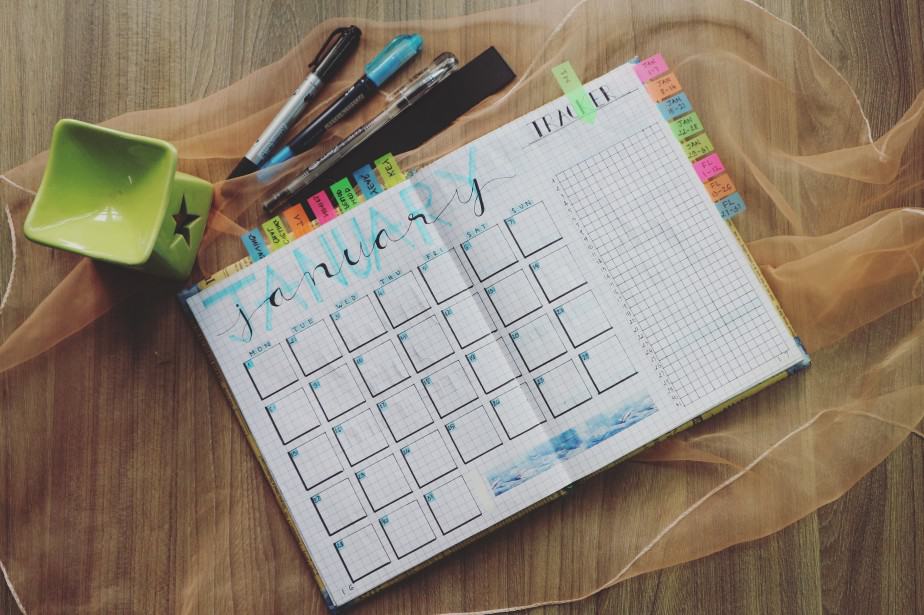Submitting a grant proposal for funding is like gambling: you win some, you lose some. No matter how good you are at writing grant proposals, not all proposals will pass through. Nevertheless, it makes a difference to know the key points that you should consider when writing and submitting a grant proposal.
in this article, I provide some useful guidelines on how to write and submit a grant proposal for funding.
I am privileged to work in a non-governmental organisation whose survival and existence is dependent on grants. For the last two years, I have been a member of our organisation’s Business Development Committee, which is tasked with not only sourcing for funding opportunities but also writing grant proposals.
These guidelines are therefore based on my own work experience as well as some training I undertook on grant writing.
- Characteristics of a winning grant proposal
- Compliance
- Responsiveness
- Client-focused
- Appealing to the eye
- Uses story telling technique
- Easy to review
- Has a strong executive summary
- The writing process for a grant proposal
- Define your writing strategy
- Organise your content
- Plan the writing process
- Plan the design of the proposal
- Plan the drafts and review of the drafts
- Submitting the grant proposal
- Conclusion
Characteristics of a winning grant proposal
There are about 7 characteristics of a winning grant proposal:
Compliance
A winning grant proposal is compliant with the requirements set forth in the call for proposal or request for proposal (RFP).
Each call for proposal or RFQ comes with many (sometimes) complex requirements, some of which may not be too obvious. to ensure compliance, the person managing the proposal writing process should go through the call or RFQ carefully, word by word, sentence by sentence, and note down all the requirements expected of the funding agency.
The best way to capture the requirements is by creating a compliance matrix (either in Microsoft Excel or Microsoft Word) with several columns. One column of the matrix should list the requirements, the second column should note where the requirement is stated in the call or RFP, the third column should note the status of compliance of the proposal (whether compliant or not), and the last column should note the section of the proposal which addresses the requirement.
A compliance matrix is therefore a valuable tool that should be used by the proposal writing team throughout the proposal writing process.
An example of a compliance matrix is given here.
Responsiveness
A winning grant proposal is not only compliant with the requirements but it is also responsive to the wants and needs of the funding agency.
After creating the compliance matrix, the proposal writing team should create a response outline, which should be aligned with the compliance matrix.
The response outline is the skeleton of the proposal to which meat will be added during the proposal writing phase.
Client-focused
A winning proposal is also client-focused. Client here means the funding agency.
Funding agencies do not just give funds for nothing. They have their own goals and objectives that they hope to achieve through others.
A winning grant proposal is sensitive to the goals and objectives of the funding agencies. It therefore re-states what the agency hopes to achieve, and how it will help the client achieve them. In short, it helps solve the problems of the client.
Appealing to the eye
A winning proposal is appealing to the eye and easy to read.
Do not just use blocks and walls of text. Break the monotony with interesting statistics and data, with appealing graphics, with interesting quotes that all speak to what you are writing about. The font style and size also matters.

Remember that the proposal review team will most likely have hundreds of proposals to read. Make their work easier by presenting your proposal in an appealing manner.
Your presentation of the proposal should also make it easy for the review team to pick out the key aspects of the proposal.
Uses story telling technique
A winning proposal uses stories to convince the funding agency why the team should be picked and not others.
Use anecdotes, use case studies, give examples of past work done and impact made etc.
Stories help to clarify why the team is best placed to achieve what the funding agency wants to achieve as well as clarifies how the team would go about achieving the stated objectives.
Easy to review
This ties in with the point on appealing to the eye.
The proposal should be written in a manner that makes it easy for the review team to see their requirements and how the requirements have been complied with.
Hence the response outline, and how it is structured, really matters.
Has a strong executive summary
The executive summary is written last and should be brief but detailed enough to elicit the interest of the review team.
An executive summary is a selling tool and should in a nutshell inform the review team on who the proposing organization is, why they should be considered for the opportunity, what they are proposing to do, and how they will achieve the funding agency’s goals and objectives.
The writing process for a grant proposal
Writing a grant proposal for funding takes time and requires meticulous planning. The planning process is as important as the writing process for the proposal to be considered a winning proposal.
The process of writing a grant proposal is as follows:
Define your writing strategy
This includes:
Specifying what the proposed solution would be.
Thinking through and reaching out to the right partners: this is especially necessary if the proposal requires a consortium of partners.
Forming the right team that would be in charge of the proposal writing process including those who will write the technical proposal, those who will write the proposal proposal, those who will review the technical proposal and those who will review the budget proposal before submission.

The team should work together therefore holding an inception meeting for all team members and clarifying roles and responsibilities is important.
Organise your content
Organisation of the content of the proposal is done through the compliance matrix and the response outline.
These tools help the writing team have a clear picture of what the proposal would look like.
Plan the writing process
Planning the writing process involves:
Assigning sections of the proposal to different team members. This applies to both the technical and budget proposals. The budget proposal should not be done as the last thing but rather should be an ongoing process.
Creating a calendar for the writing process.

The calendar should show key milestones of the proposal writing.
The manager should always leave enough days between the submission of the proposal and the deadline for submission. This helps to account for any unforeseen events such as technological failures that would be a barrier to the successful submission of the proposal.
The calendar of tasks should also allow for several rounds of internal review of the proposal.
The proposal writing manager should always refer to the calendar to ensure that the milestones are being achieved rather than delayed.
Plan the design of the proposal
Collect and create all the relevant graphics and visuals you will need for your proposal.
Pan to have at least one visual element on each page, where necessary.
Plan the drafts and review of the drafts
Your team should produce more than one draft and submit them to the internal review team for review. The more the number of drafts, the better.
After the review of each draft, the writing team should indicate how each comment was addressed, and for the comments not addressed, it should give reasons for not addressing them.
The revised draft should be submitted again for review. This process should continue until everyone on the team is satisfied with the final product.
The internal review process is especially important for ensuring that the proposal is compliant with the requirements in the call for proposals.
Submitting the grant proposal
- Follow the instructions provided for submitting the grant proposal.
These may include instructions on the platform to be used for submission, for instance, through a form provided by the funding agency or through an email address provided, instructions on the document format to be used e.g Microsoft word document (in this case do not submit a PDF document if not asked to do so) etc.
- Submit the proposal couple of days before the submission deadline.
This cannot be overemphasised.
It is unfortunate for a team of people to work hard on a proposal only for their efforts to go to the drain simply because the person submitting it waited until the eleventh hour to submit it.
A lot can go wrong with last-minute submissions: the submission portal may fail, the person in charge of submission may encounter connectivity challenges etc.
- Make sure the proposal package is complete.
The package refers to the technical proposal, the budget proposal, the cover letter, and any other documents the funding agency may have asked for, including the curriculum vitae of the proposal team members.
Conclusion
Writing and submitting a grant proposal for funding is both an art and a science. There’s a lot that goes into grant writing and all that requires meticulous planning ahead of the writing process.
Also read
How to Write a PhD Concept Paper
Comprehensive Guidelines for Writing a PhD Thesis Proposal (+ free checklist for PhD Students)

